How a 3D Running Analysis Helps You Stay Healthy
How a 3D Running Analysis Helps You Stay Healthy
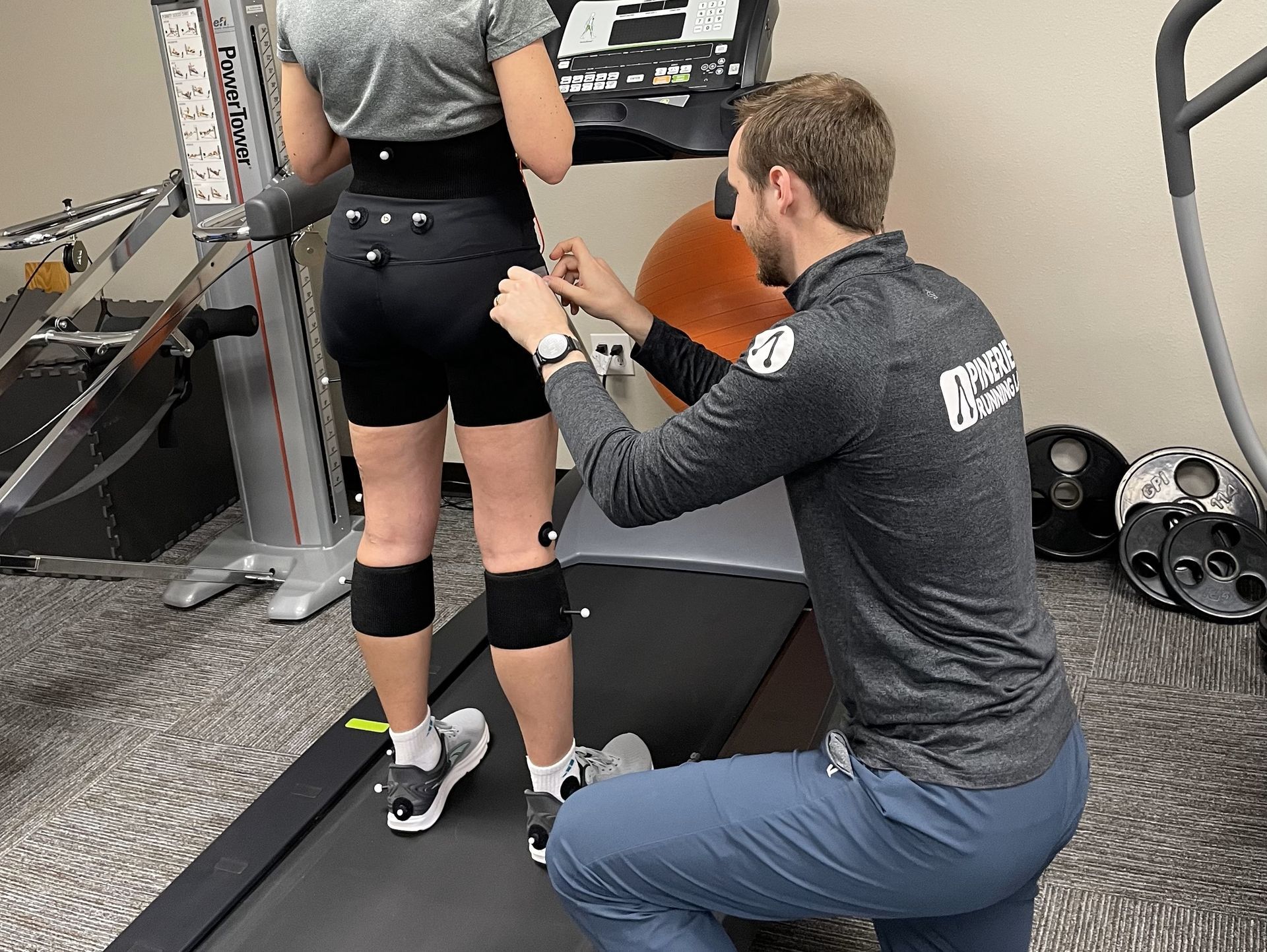
Running is a wonderful activity. It has numerous health benefits including those for our cardiovascular health, mental health, and cartilage and joint health. At the same time, the number of runners that get injured is between 19.4-79.3% of runners in any given year, which ends up being a minimum of 9.12 million people per year (Van Gent et al 2007).
So how can we maximize the health benefits of running without getting injured? It ultimately comes down to matching your running demands (frequency/duration/intensity of running) with your physical status (strength/mobility/mechanics). Some of the factors within running demands include training habits, types of surfaces you’re running on, and footwear. Your physical status will depend on any past medical history, your strength and mobility, and the cornerstones of recovery, which include nutrition, hydration, and overall stress levels.
Another significant factor in running demands is your running mechanics and running form. Certain types of running gait cycles can place excess stress, often what is called excessive breaking forces, on specific tissues and predispose you to injury. If you want to run healthy and avoid running injuries, addressing your running form is a modifiable factor that has been shown to be able to decrease excess force through your body and therefore reduce your risk of injuries.
3D running analysis can play a crucial role in identifying potential injury risks early on. By precisely tracking joint angles and running stride parameters, this technology can detect subtle imbalances that can increase loading over tissues that are susceptible to injury. I find this particularly useful in working with runners with recurrent injuries, where a 3D running gait analysis can identify patterns of movement that put the injured tissue under excess stress.
Not only do you want to assess your running form, but you want to appropriately change it. 3D running gait analysis allows you to get real-time feedback to retrain your movement and change where the stresses are applied to your body when you run. In fact, a study done in 2018 showed that runners who received gait retraining based on their 3D running gait analysis had lower peak breaking forces after a few gait retraining sessions (Napier et al 2018). Decreasing these stresses can play a role in injury reduction and your ability to remain consistent in your running.
Staying healthy as a runner has many components, and taking control of as many of them as possible is part of unlocking your ability to run healthy and avoid injury. So get to work on your strength, mobility, eating habits, recovery, and master your running form to be the healthiest runner you can be.
REFERENCES
Van Gent, R. N., Siem, D., van Middelkoop, M., Van Os, A. G., Bierma-Zeinstra, S. M. A., & Koes, B. W. (2007). Incidence and determinants of lower extremity running injuries in long distance runners: a systematic review. British journal of sports medicine, 41(8), 469-480.
Napier, C., MacLean, C. L., Maurer, J., Taunton, J. E., & Hunt, M. A. (2019). Real-time biofeedback of performance to reduce braking forces associated with running-related injury: An exploratory study. journal of orthopaedic & sports physical therapy, 49(3), 136-144.
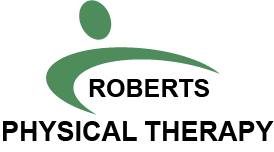



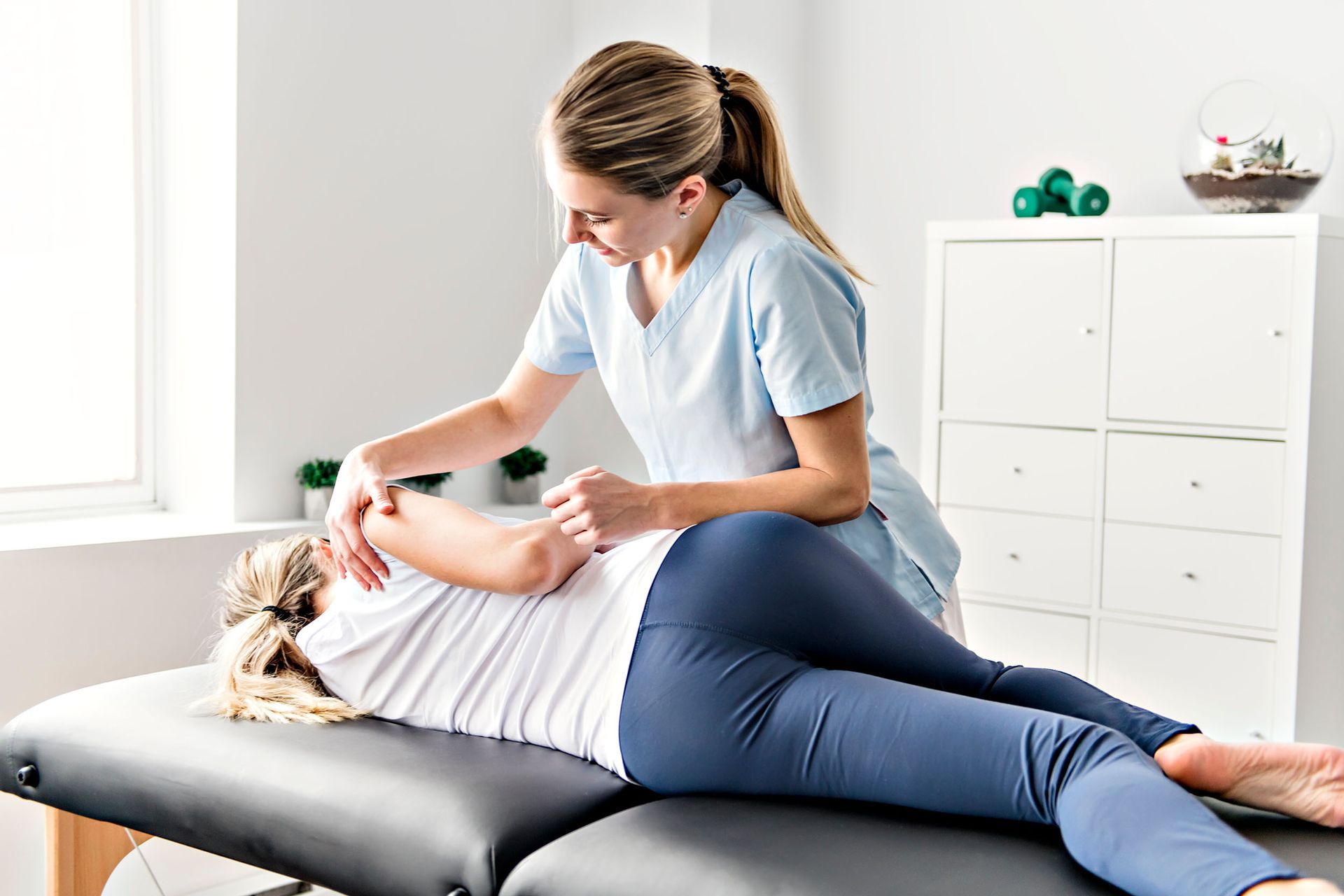
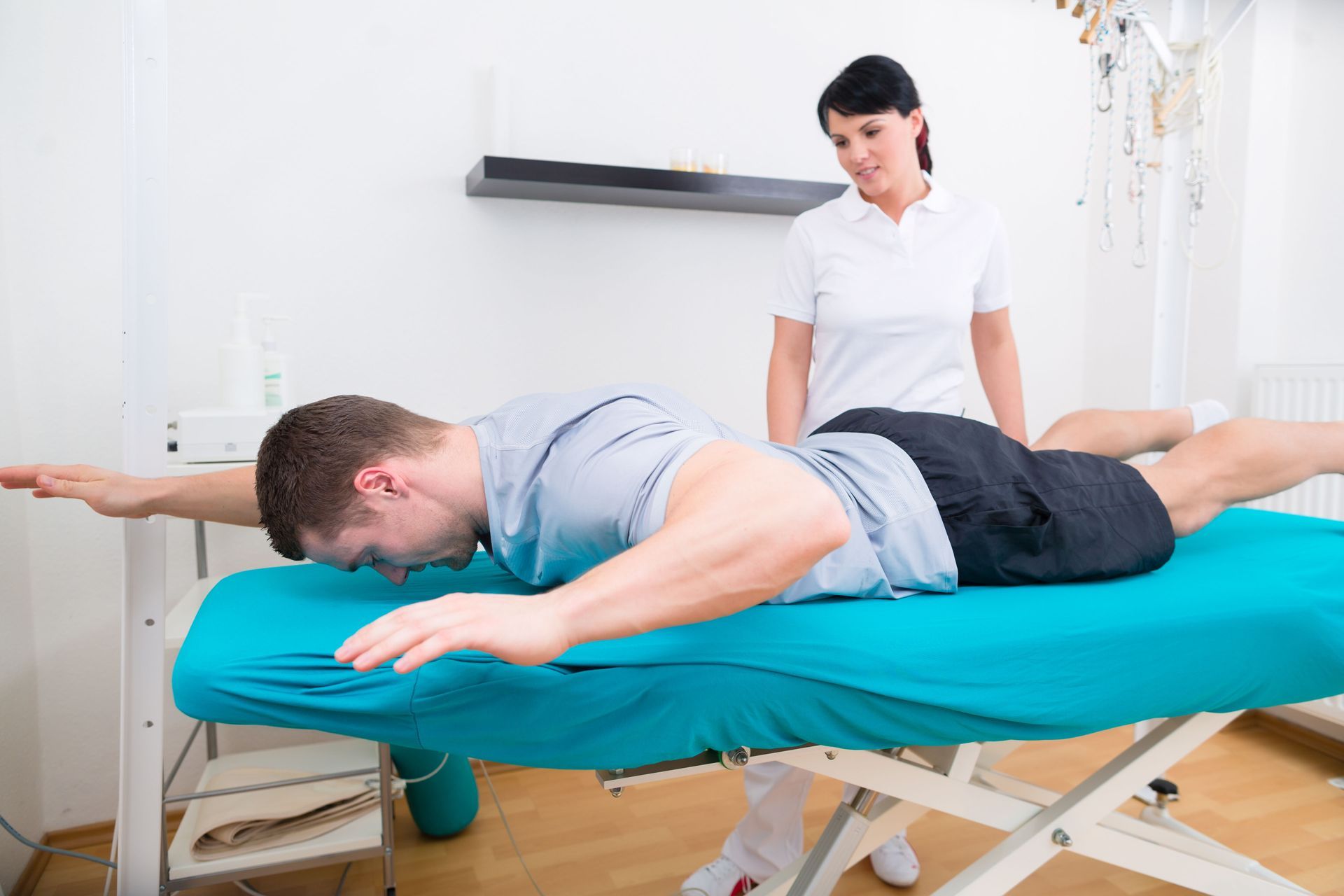
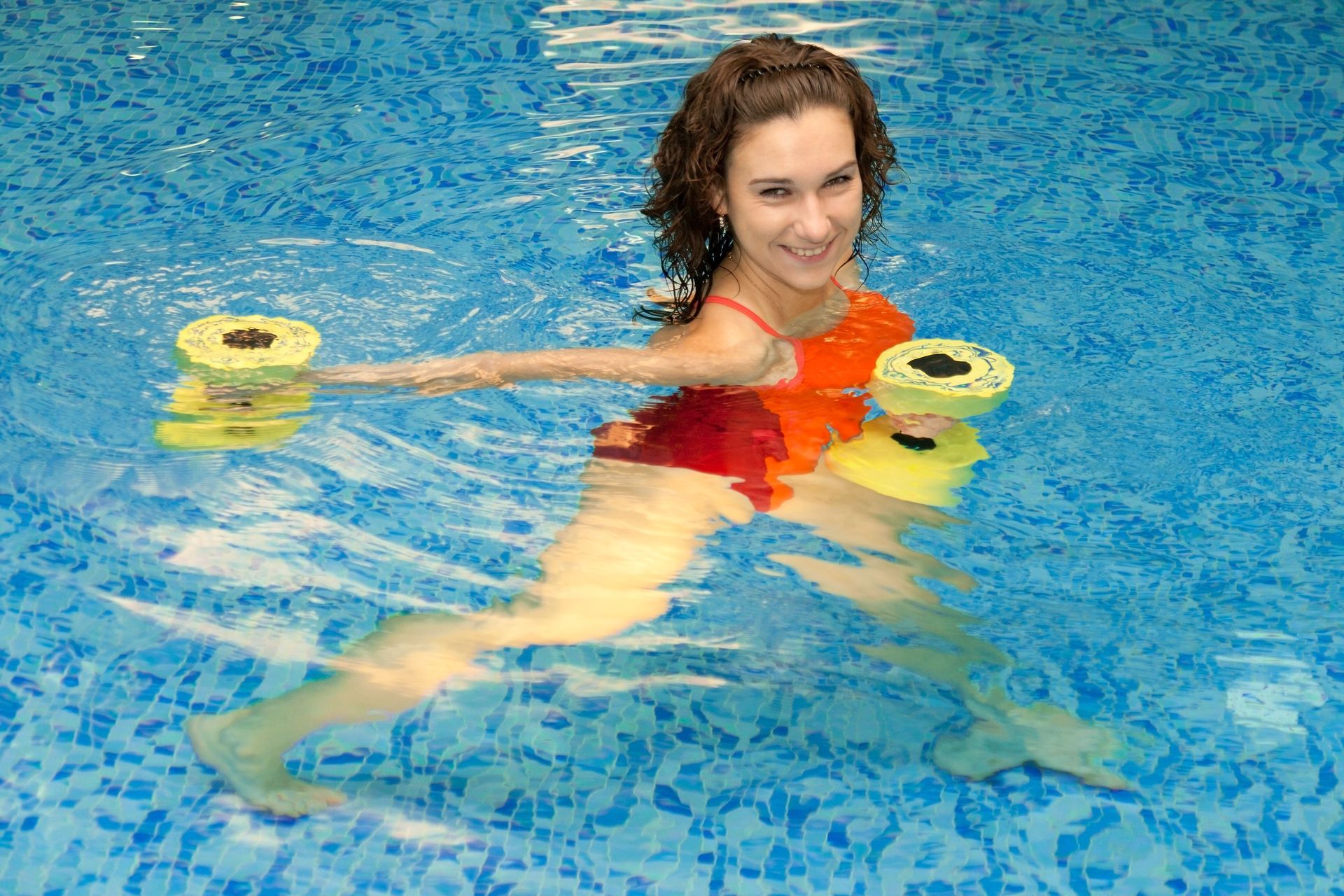
Share On: